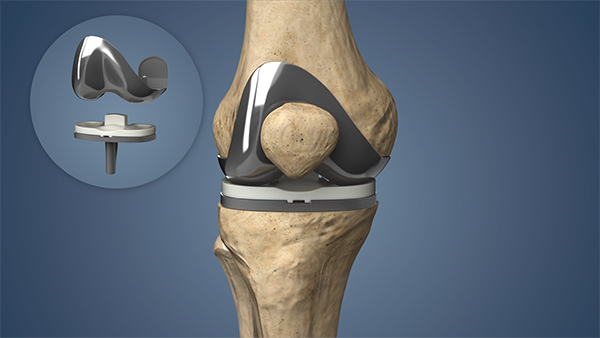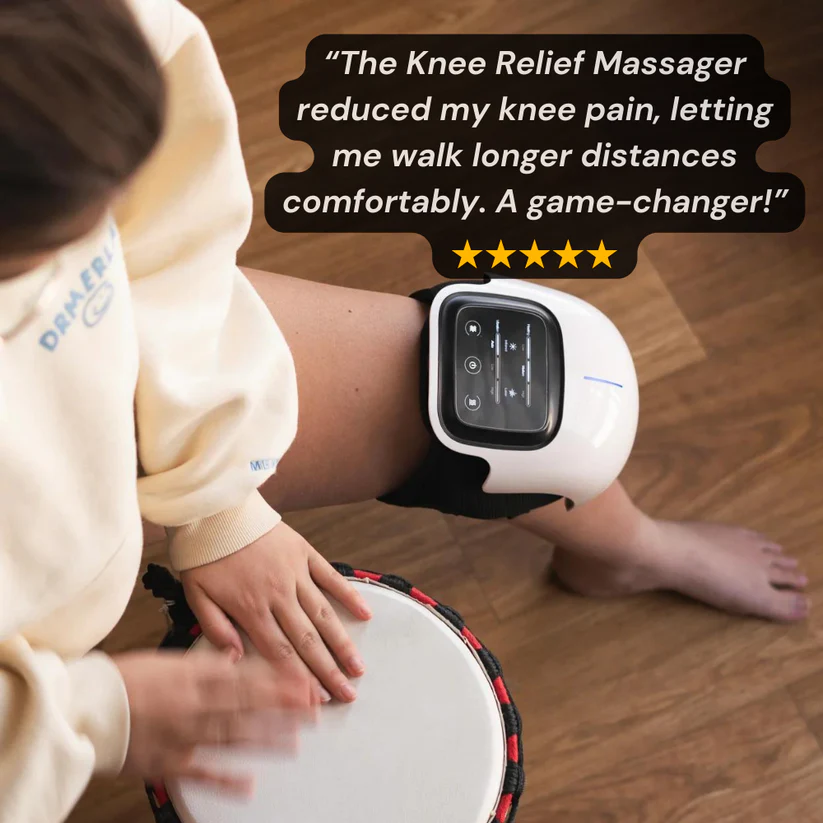Blog
5 Reasons Why Is There So Much Pain After Knee Replacement: Effective Relief Strategies
Experiencing significant pain after a knee replacement surgery can be both frustrating and concerning. Many patients ask, “Why is there so much pain after knee replacement?” Understanding the causes of post-operative pain and learning effective ways to manage it is crucial for a smooth recovery. This article explores 5 reasons why there is so much pain after knee replacement and offers practical solutions, including addressing pain on inside of knee when bending and straightening.
Understanding Post-Knee Replacement Pain
Knee replacement surgery is a major procedure that involves replacing damaged joint surfaces with artificial components. While the surgery aims to relieve chronic knee pain and improve mobility, it’s normal to experience discomfort during the healing process. Post-operative pain is a part of the body’s natural response to surgery as it begins to heal.
#text-1690990758 { font-size: 1.1rem; } @media (min-width:850px) { #text-1690990758 { font-size: 1.1rem; } }
5 Reasons Why Is There So Much Pain After Knee Replacement
1. Surgical Trauma
The surgical procedure involves cutting through skin, muscles, and bone, which inevitably causes tissue damage. This trauma can lead to pain and swelling as the body initiates the healing process.
2. Inflammation
Inflammation is a natural response to injury or surgery. It helps the body heal but can also cause pain, redness, and swelling around the knee joint.
3. Scar Tissue Formation
Scar tissue can develop around the knee joint post-surgery, leading to stiffness and discomfort. Excessive scar tissue may restrict movement, causing pain during activities like bending and straightening the knee.
4. Nerve Damage
Nerves around the knee may be affected during surgery, leading to numbness, tingling, or sharp pain. While some nerve-related pain diminishes over time, it can be a significant source of discomfort initially.
5. Implant Issues
In rare cases, pain may result from problems with the artificial implant, such as loosening, misalignment, or wear and tear.
Managing Pain on the Inside of the Knee When Bending and Straightening
Experiencing pain on the inside of the knee when bending and straightening is a common concern after knee replacement surgery.
Possible Causes:
- Medial Collateral Ligament (MCL) Strain: Stress on the inner knee ligaments.
- Improper Alignment of Prosthesis: Rare but can cause localized pain.
- Scar Tissue: Restricts movement leading to discomfort.
Management Strategies:
- Targeted Physical Therapy: Exercises focusing on the inner knee.
- Use of Support Devices: Braces or compression sleeves for added support.
- Consultation with Surgeon: To assess alignment and healing progress.
Effective Pain Relief Strategies
Proper Rehabilitation and Physical Therapy
Engaging in a structured physical therapy program is vital for regaining strength and mobility.
Benefits:
- Improves Flexibility: Exercises help restore the range of motion.
- Strengthens Muscles: Builds support around the knee joint.
- Reduces Scar Tissue: Promotes healing and reduces stiffness.
Tips:
- Follow your therapist’s instructions carefully.
- Practice exercises regularly but avoid overexertion.
- Communicate any pain or discomfort to your therapist.
Pain Management Techniques
Medications and alternative therapies can help control pain levels.
Options:
- Medication: Over-the-counter or prescribed pain relievers.
- Ice and Heat Therapy: Reduces inflammation and soothes muscles.
- Elevation and Compression: Minimizes swelling.
Caution:
- Always follow dosage instructions.
- Consult your doctor before starting any new medication.
Using the MONKIKA Knee Massager for Relief
The MONKIKA Knee Massager offers an innovative solution for managing post-operative knee pain.
Features:
- Heat Therapy: Promotes blood circulation and reduces stiffness.
- Vibration Massage: Alleviates pain by relaxing muscles and joints.
- Infrared Technology: Penetrates deep into tissues for effective relief.
Benefits:
- Accelerates Healing: Enhances recovery by improving circulation.
- Reduces Inflammation: Helps decrease swelling and discomfort.
- Convenient and User-Friendly: Easy to use at home during rehabilitation.
Why Choose MONKIKA Knee Massager?
- Designed for Post-Surgery Care: Specifically targets knee pain.
- Adjustable Settings: Customize heat and vibration levels.
- Comfortable Fit: Ergonomic design suitable for all knee sizes.
Experience effective pain relief by visiting the MONKIKA Knee Massager product page.
#text-2543075415 { font-size: 1.1rem; } @media (min-width:850px) { #text-2543075415 { font-size: 1.05rem; } }
When to Consult Your Surgeon
While some pain is normal after surgery, certain symptoms require immediate medical attention:
- Severe or Unrelenting Pain: Not relieved by medication or rest.
- Signs of Infection: Redness, warmth, or drainage from the incision site.
- Swelling in Lower Leg: Could indicate a blood clot.
- Fever: Persistent high temperature.
Action Steps:
- Contact your surgeon promptly.
- Provide detailed descriptions of your symptoms.
- Follow medical advice for further treatment.
Conclusion
Understanding why is there so much pain after knee replacement is the first step toward effective management. Pain is a natural part of the healing process, but it shouldn’t hinder your recovery. By recognizing the 5 reasons for post-operative pain and implementing effective relief strategies—including using the MONKIKA Knee Massager—you can alleviate discomfort and enhance your healing journey.
Take control of your recovery. Discover how the MONKIKA Knee Massager can aid your healing process.
#text-89087849 { font-size: 1.1rem; } @media (min-width:850px) { #text-89087849 { font-size: 1.05rem; } }
Frequently Asked Questions
1. How long does pain last after knee replacement surgery?
Pain typically decreases significantly within 3 months post-surgery but can persist up to 6 months or longer. Recovery varies by individual.
2. Is it normal to have pain on the inside of the knee when bending and straightening after surgery?
Yes, it’s common due to factors like scar tissue or ligament strain. However, persistent or severe pain should be evaluated by a healthcare professional.
3. Can the MONKIKA Knee Massager be used immediately after surgery?
It’s advisable to consult your surgeon before using any therapeutic devices post-surgery to ensure it’s appropriate for your specific condition.
4. What are the best exercises to reduce knee pain after replacement?
Low-impact exercises like stationary cycling, gentle stretching, and guided physical therapy routines are beneficial. Always follow your therapist’s recommendations.
5. When should I be concerned about post-operative knee pain?
If you experience severe pain unrelieved by medication, signs of infection, swelling in the lower leg, or fever, contact your surgeon immediately.
#text-2956599110 { font-size: 1.1rem; } @media (min-width:850px) { #text-2956599110 { font-size: 1.05rem; } }This is an advertisement and not an actual news article, blog, or consumer protection update the story depicted on this site and the person depicted in the story are not actual news. Rather, this story is based on the results that some people who have used these products have achieved. The results portrayed in the story and in the comments are illustrative, and may not be the results that you achieve with these products. this page could receive compensation for clicks on or purchase of products featured on this site.
© 2024 All Rights Reserved. Privacy Policy – Terms of Service




